News Archive

Hanany creates device to improve telescope performance
Posted
Professor Shaul Hanany of the School of Physics and Astronomy is part of a collaboration that has created a new optical device that will improve the performance of telescopes studying the Cosmic Microwave Background (CMB), a relic remnant radiation from the Big Bang. Physicists study the CMB to understand the physics of the Big Bang and the evolution and properties of the Universe. The optical device makes telescopes operating at the wavelengths of the CMB more efficient. Hanany was joined by his former Ph.D. student, Tomotake Matsumura (Ph.D. Physics '06) now a faculty member at the Kavli Institute for the Physics and Mathematics of the Universe, which is part of the University of Tokyo.

Furmanski part of collaboration that casts doubt on the so-called “sterile neutrino”
Posted
Assistant Professor Andrew Furmanski, a faculty member in the School, is a member of a collaboration known as MicroBooNE, 170-ton liquid-argon detector at Fermilab, whose results have possibly eliminated the theorized “sterile neutrino.”

Kapusta Named Lead Editor of Physical Review C
Posted
Distinguished University Teaching Professor Joseph Kapusta of the School of Physics and Astronomy has been named as lead editor of Physical Review C, the world's leading nuclear physics journal. Professor Kapusta, who has been on the faculty of the University of Minnesota since 1981, is an expert on the properties of matter at extremely high energy densities and has served for over twenty years as as associate editor of the journal.
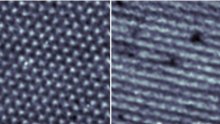
Fernandes part of a collaboration that identified electronic nematicity in a twisted system
Posted
Electronic nematic order is a unique state of matter observed in several quantum materials, including some that display unusual superconductivity -- the ability to conduct electricity without dissipation. Professor Rafael Fernandes of the School of Physics and Astronomy is part of a joint theoretical-experimental research collaboration that found such an electronic nematic phase in a system built by twisting two bilayers of graphene with respect to each other by a small angle.
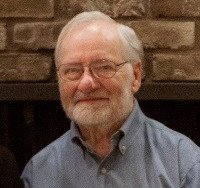
In Memoriam: Russell Hobbie, 1934-2021
Posted
Professor and textbook author introduced medical physics to the School’s curriculum

UMN part of collaboration that confirms Propagation Path of Electromagnetic Waves from Space to Ground
Posted
Space physicists have theorized for over 50 years that a particular type of electromagnetic (EM) waves called EMIC (Electromagnetic Ion Cyclotron) waves propagate from space to the ground, but were unable to confirm the path that they took. Chris Colpitts is a researcher in the School of Physics and Astronomy who is part of an international collaboration that used data from four different sources to create a 3-D model of the propagation path.
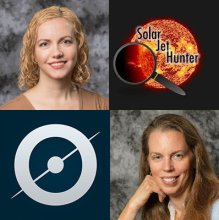
UMN solar astrophysics research to get a boost from citizen science
Posted
The latest Zooniverse citizen science project called “Solar Jet Hunter” will help benefit a small research team led by members of the School of Physics and Astronomy: former postdoctoral researcher Dr. Sophie Musset, Associate Professor Lindsay Glesener, and Professor Lucy Fortson.
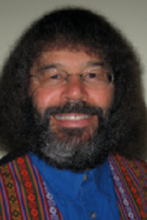
Woodward part of research team that captures unique images of Io’s volcanoes
Posted
Jupiter’s moon, Io, is one of the most volcanically active body in the solar system and yet, scientists have not been able to capture detailed images of volcanism and lava flows regularly. School of Physics and Astronomy Professor Charles “Chick” Woodward is part of a research team that was able to image four of Io’s volcanoes with greater detail than ever before from Earth based observatories. Io is over 390 million miles from the earth and the images enabled the team to resolve and study surface features less than 2 kilometers in size.

The Big Picture: Rudnick helps lead effort that reveals the stormy weather in galaxy clusters
Posted
Professor Emeritus Lawrence Rudnick of the School of Physics and Astronomy led the Technical Working Group of the MeerKAT Galaxy Cluster Legacy Survey (MGCLS).
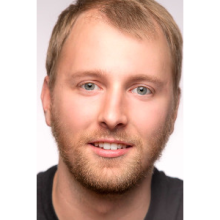
Furmanski part of collaboration that casts doubt on the so-called “sterile neutrino”
Posted
Assistant Professor Andrew Furmanski, a faculty member in the School, is a member of a collaboration known as MicroBooNE, 170-ton liquid-argon detector at Fermilab, whose results have possibly eliminated the theorized “sterile neutrino.”